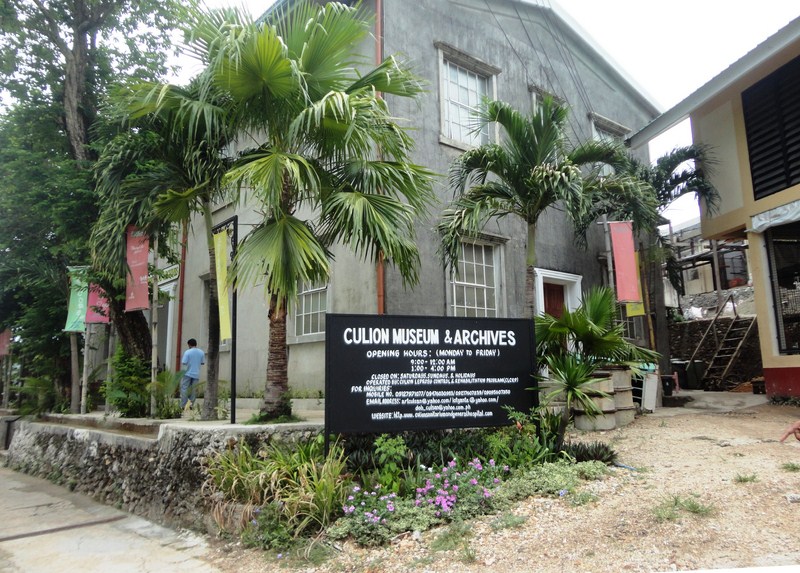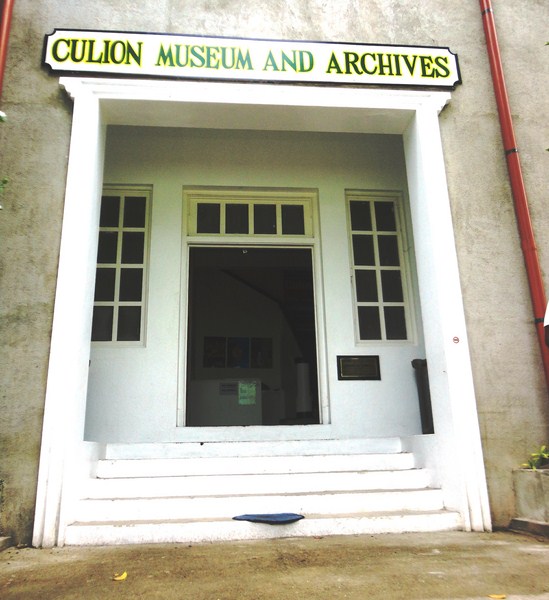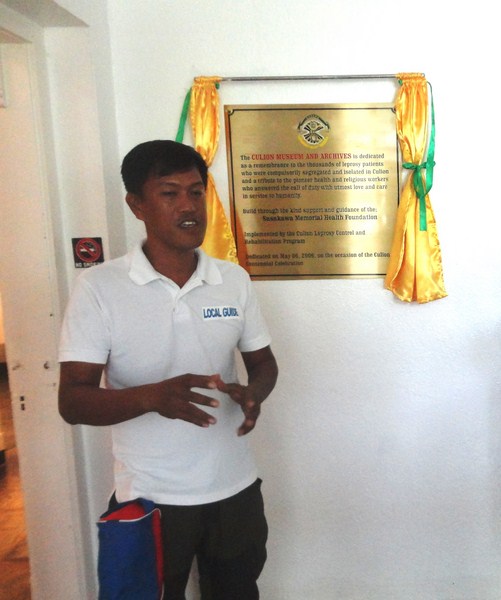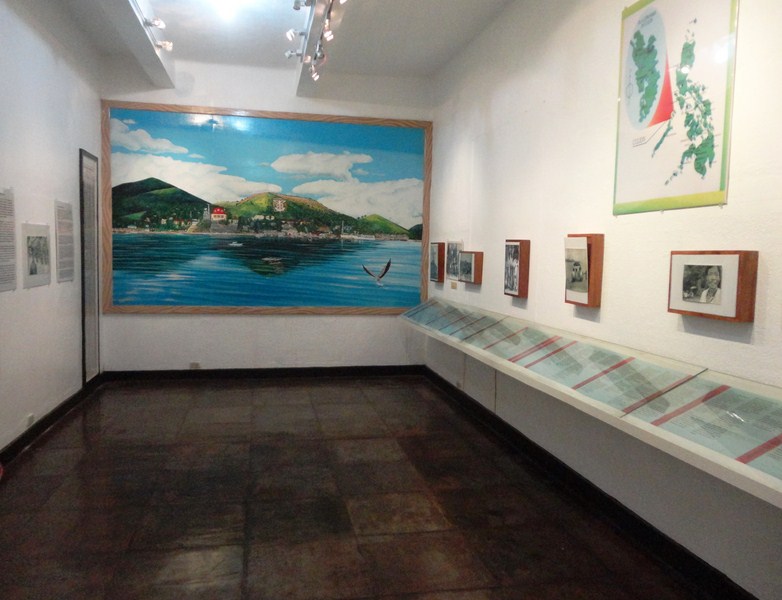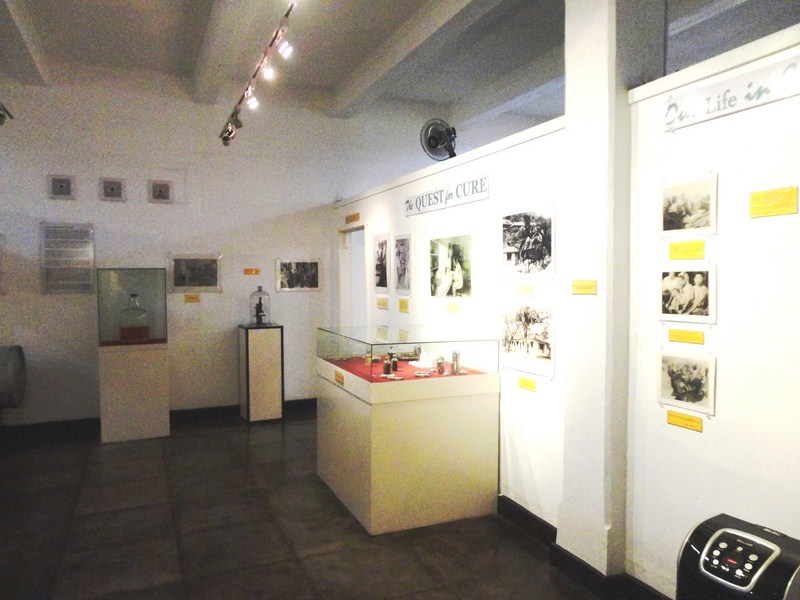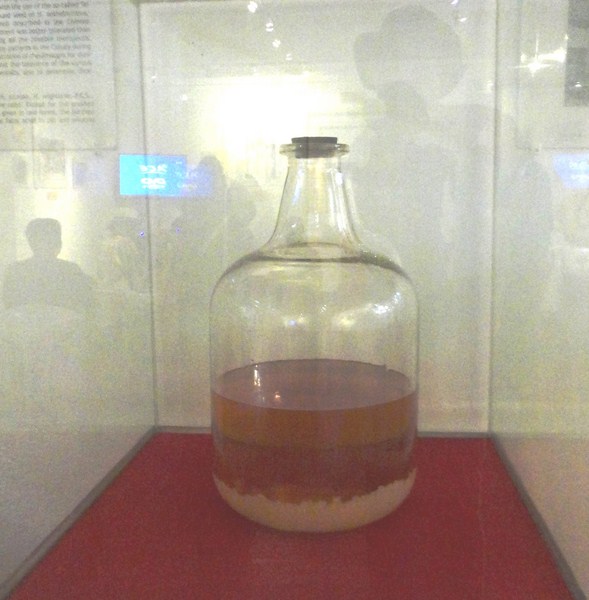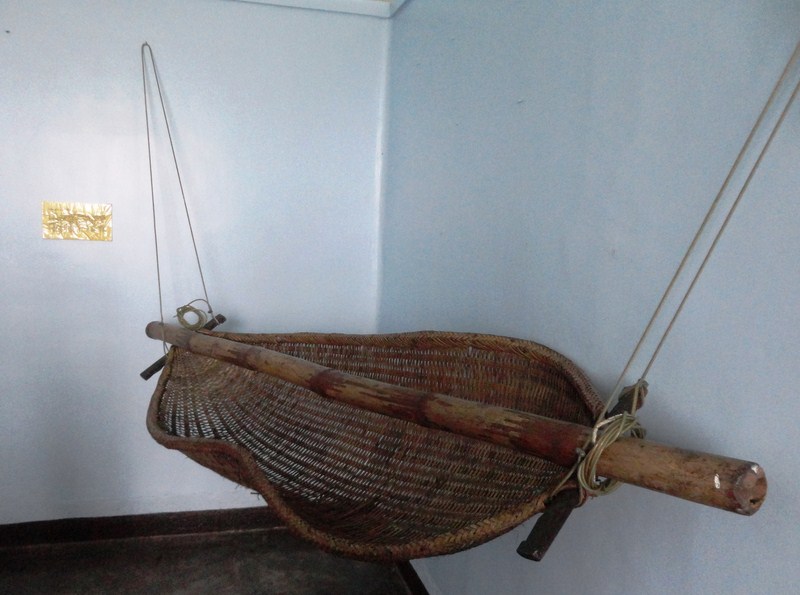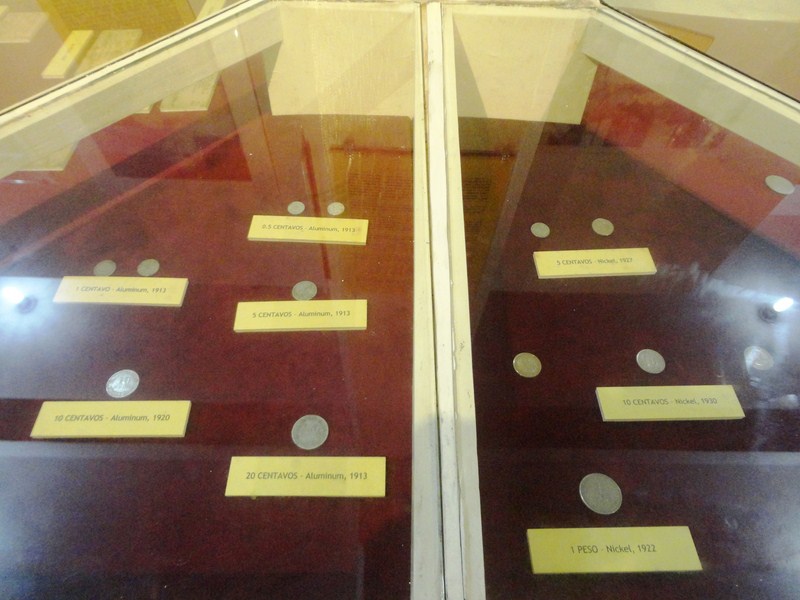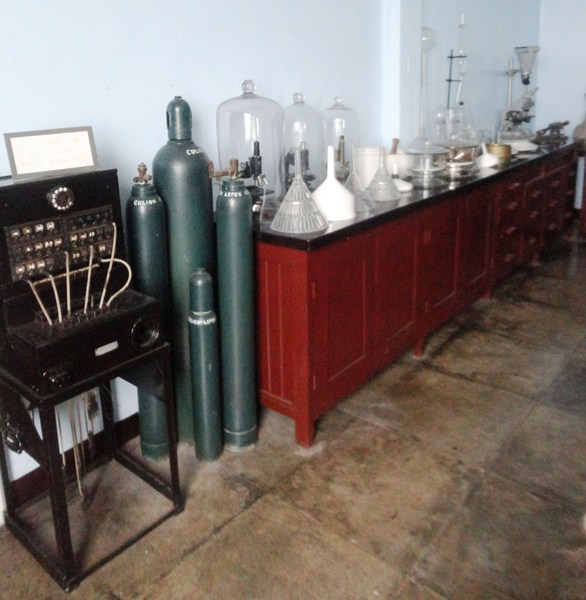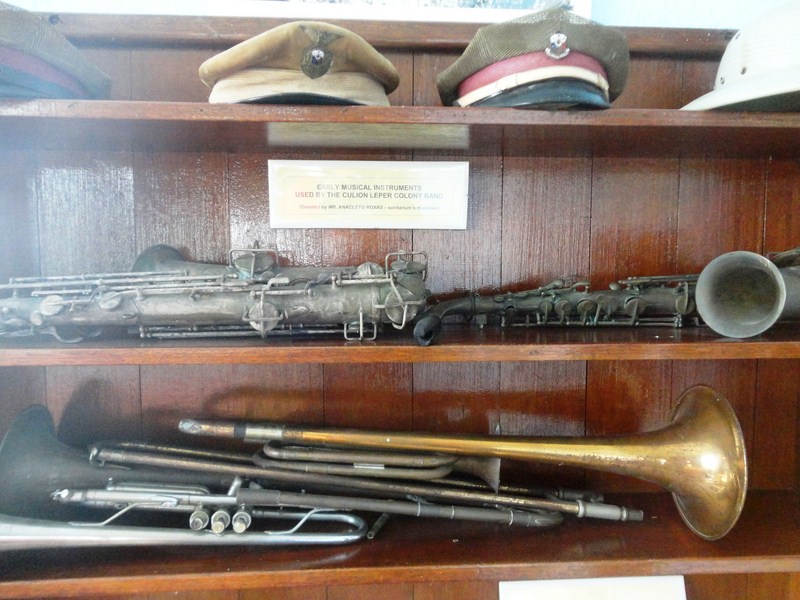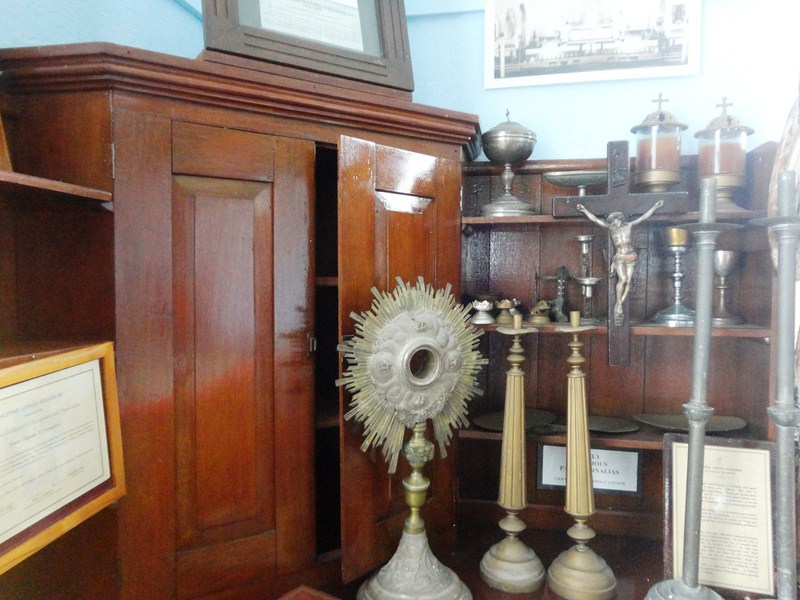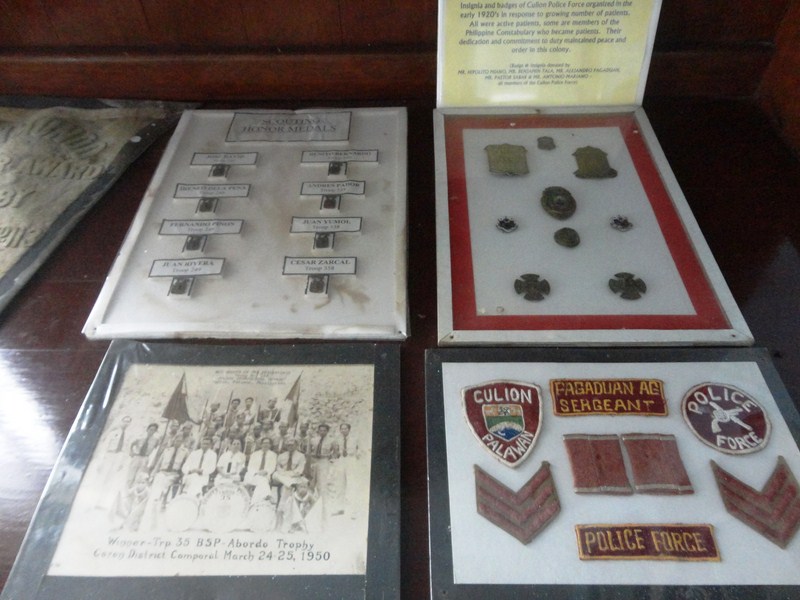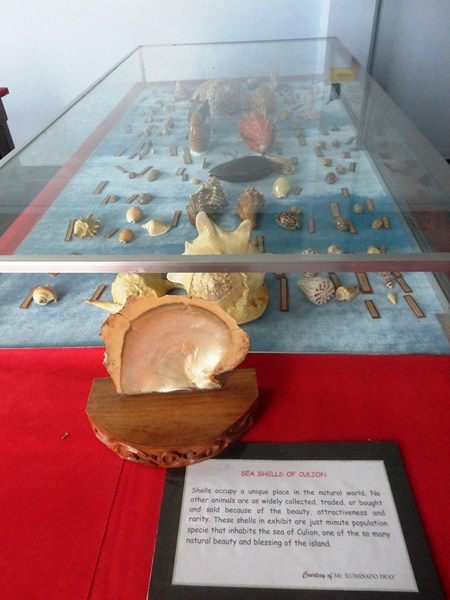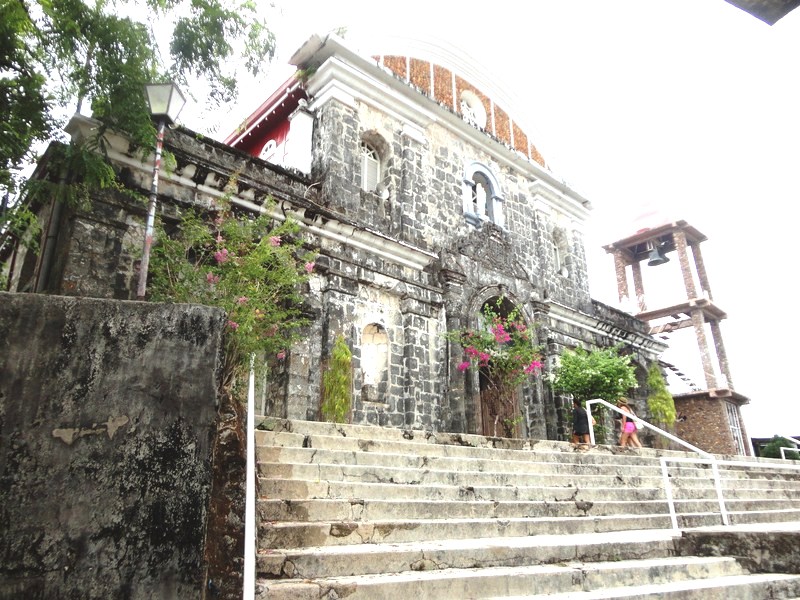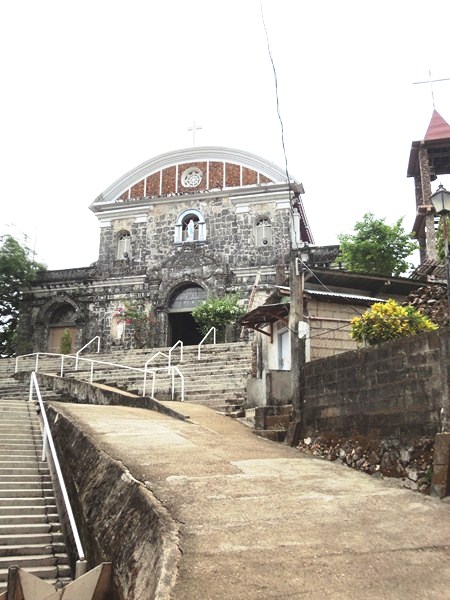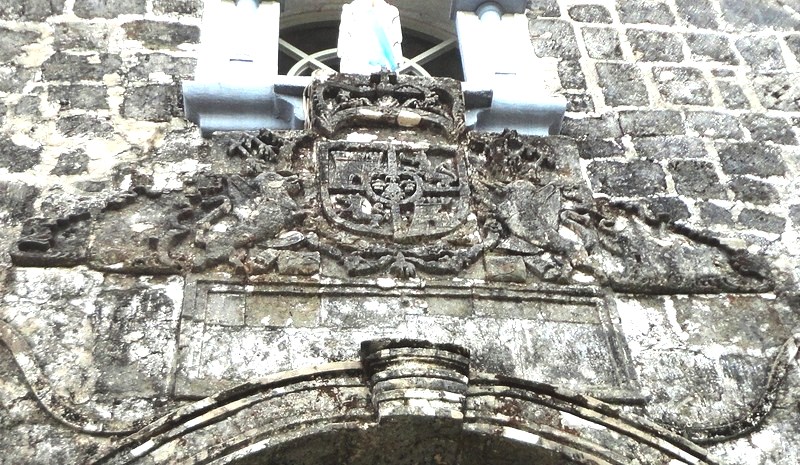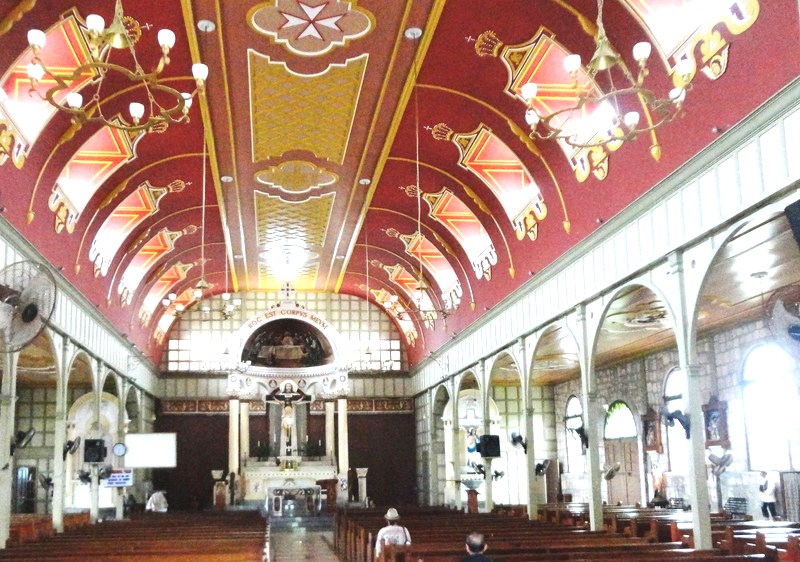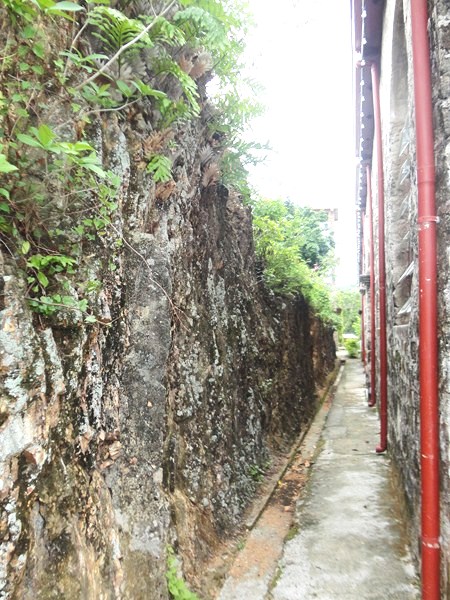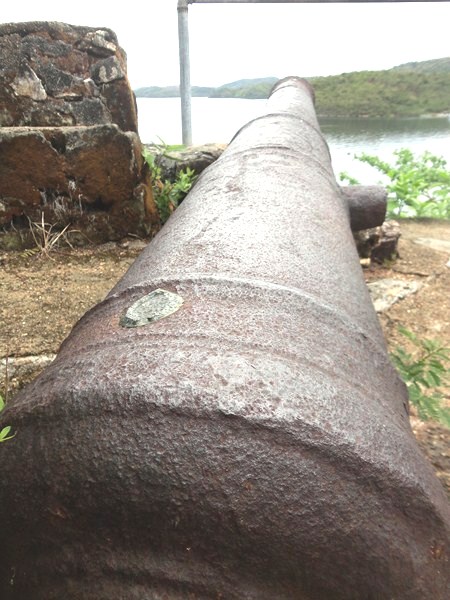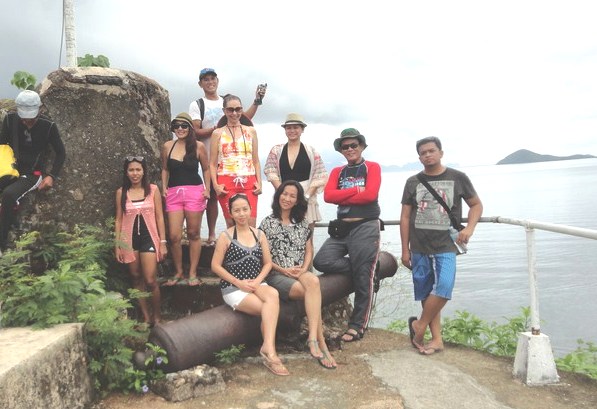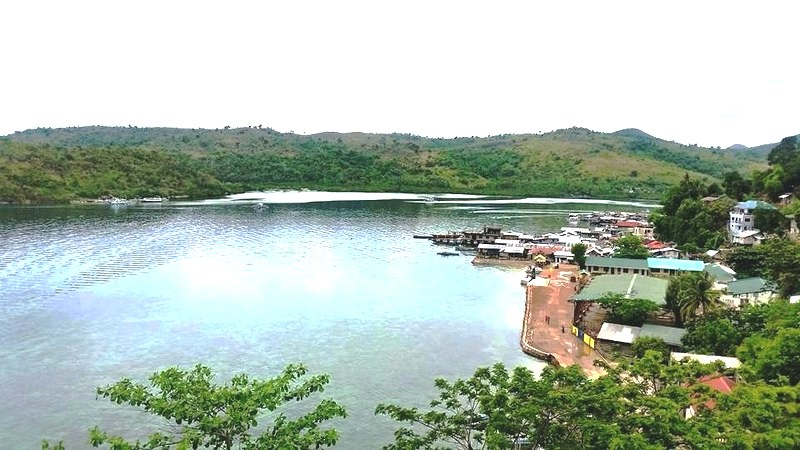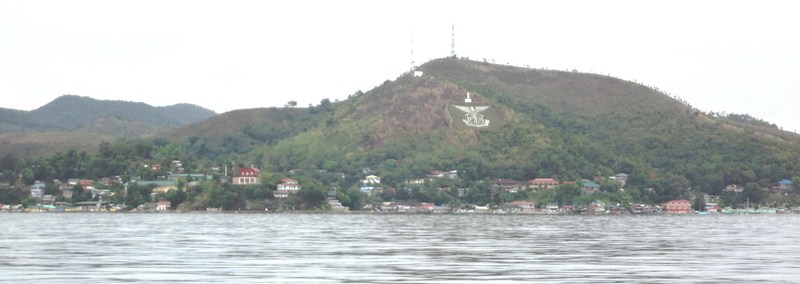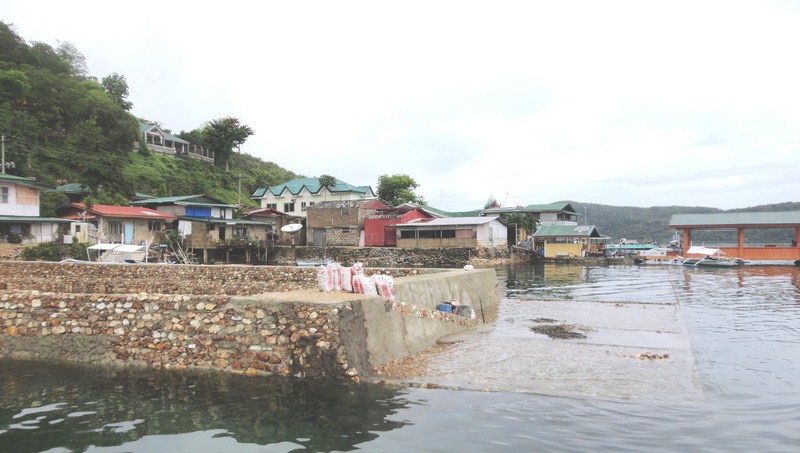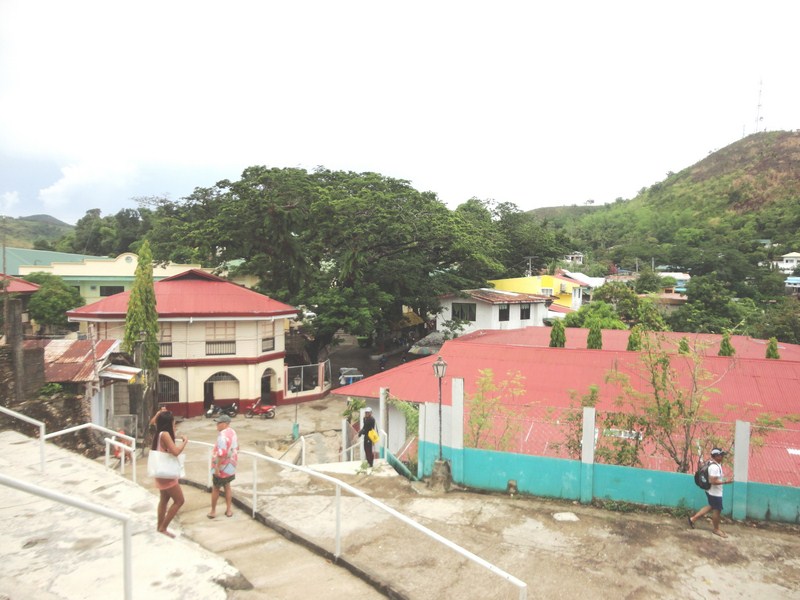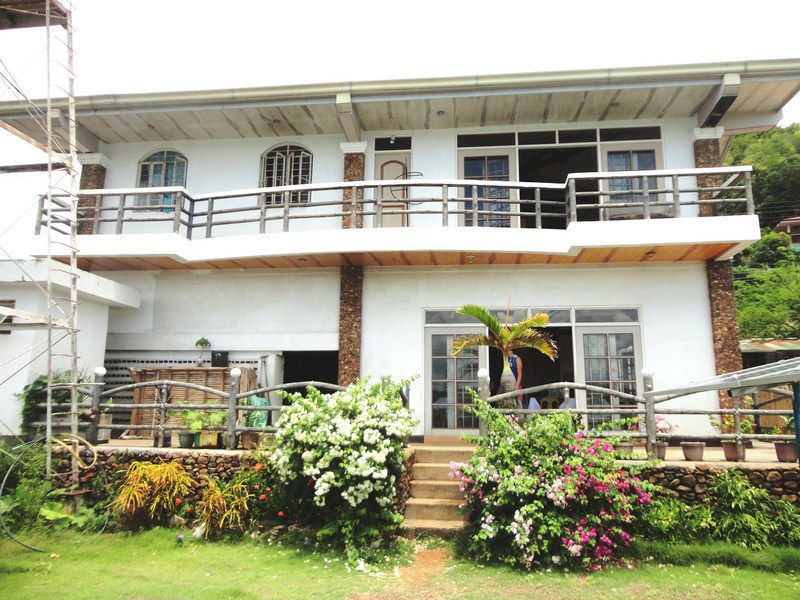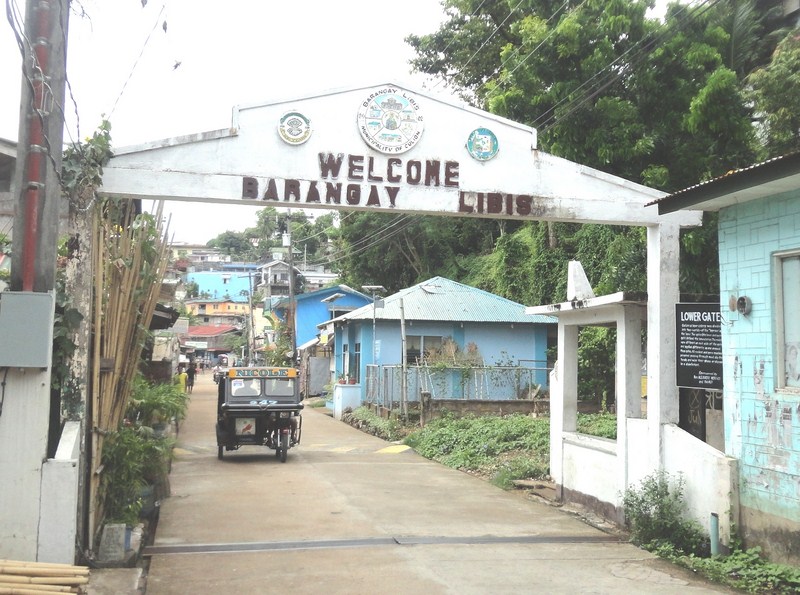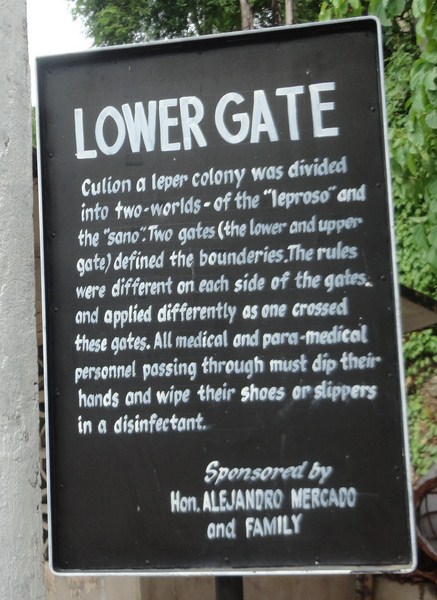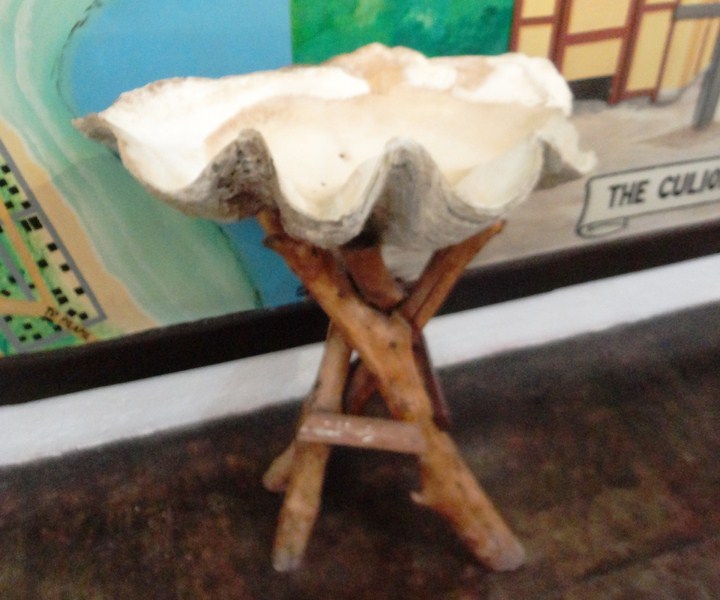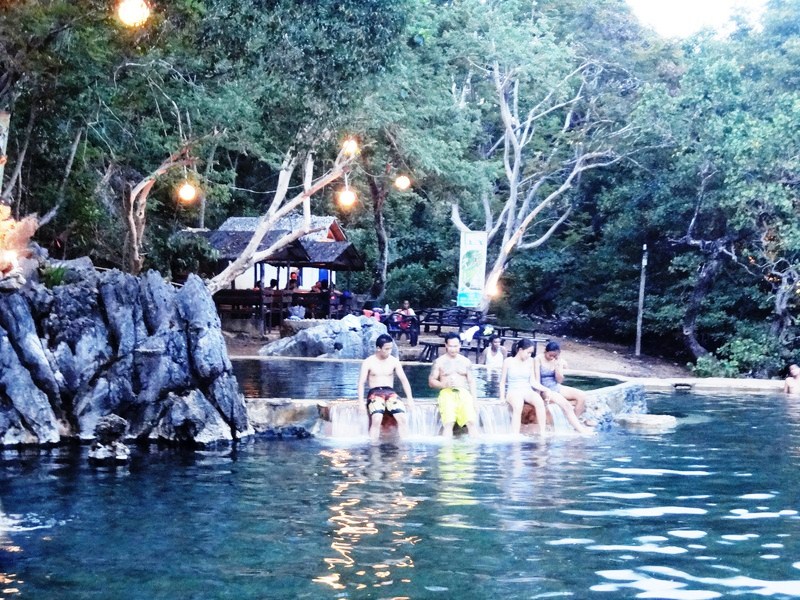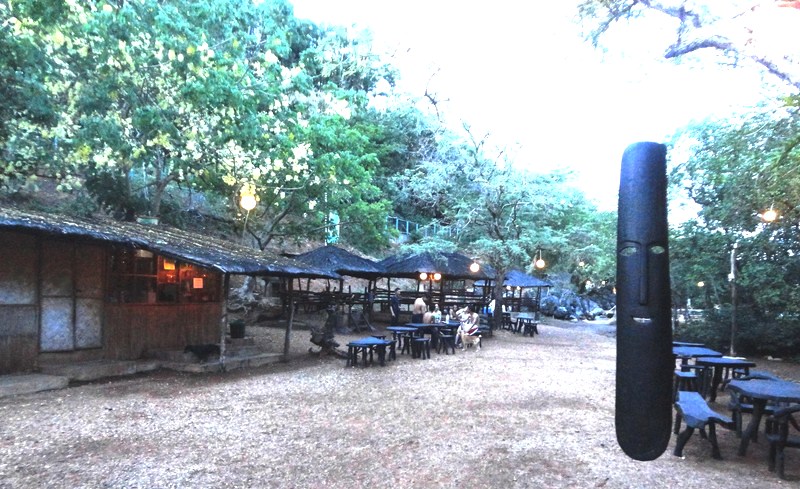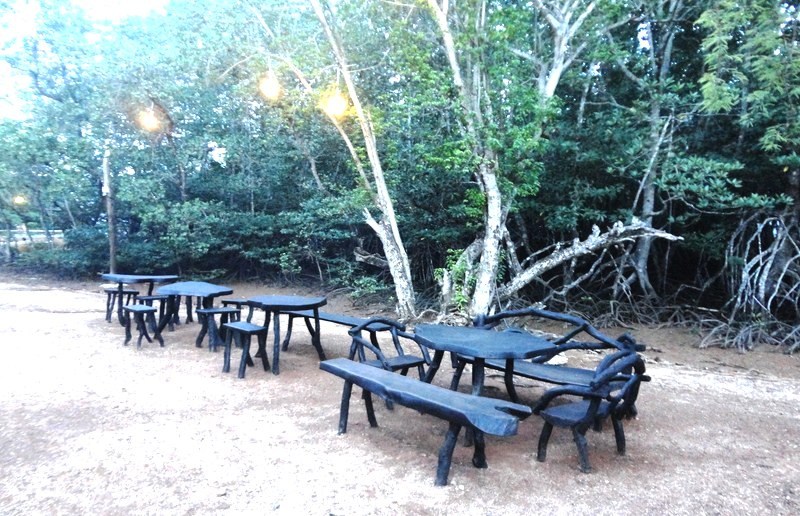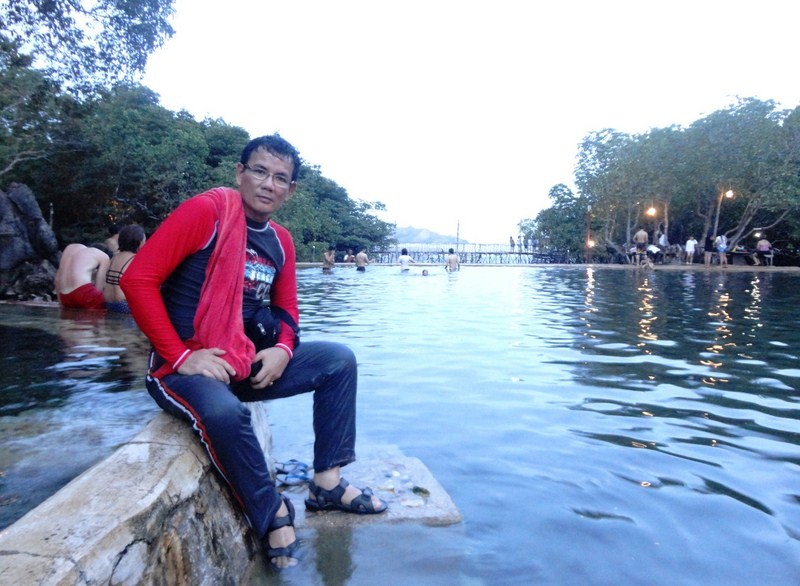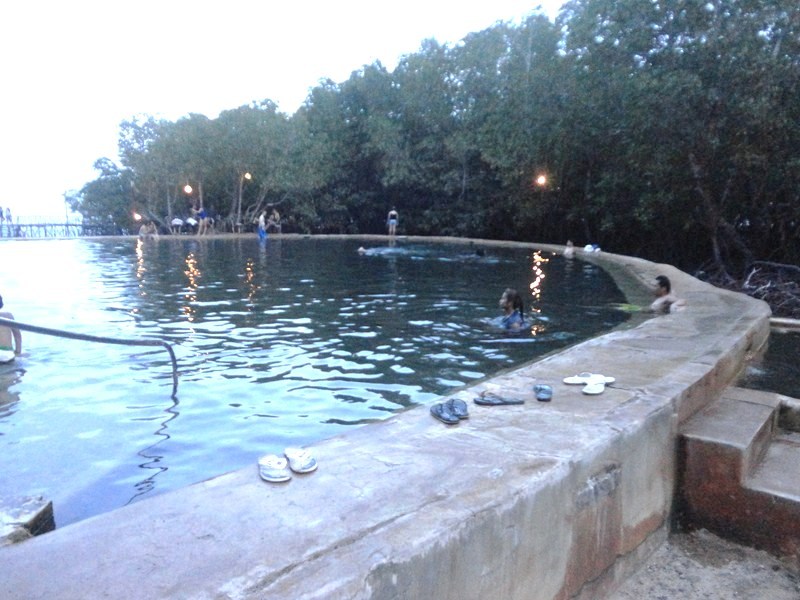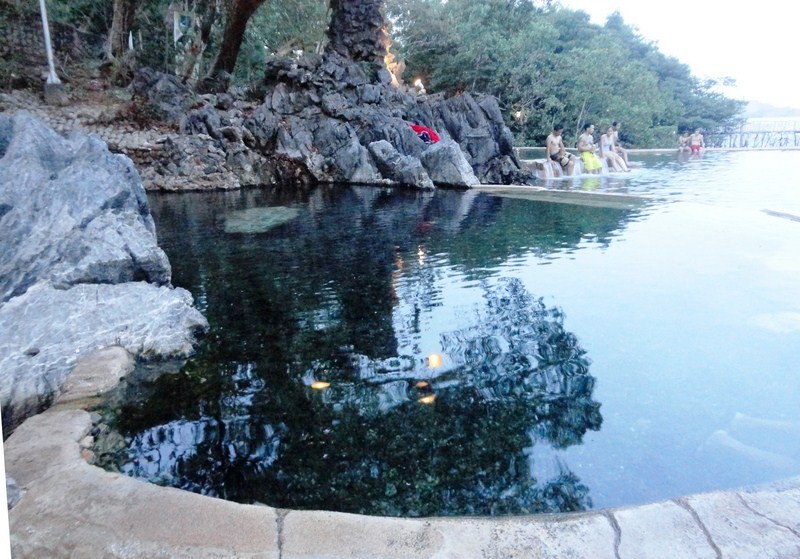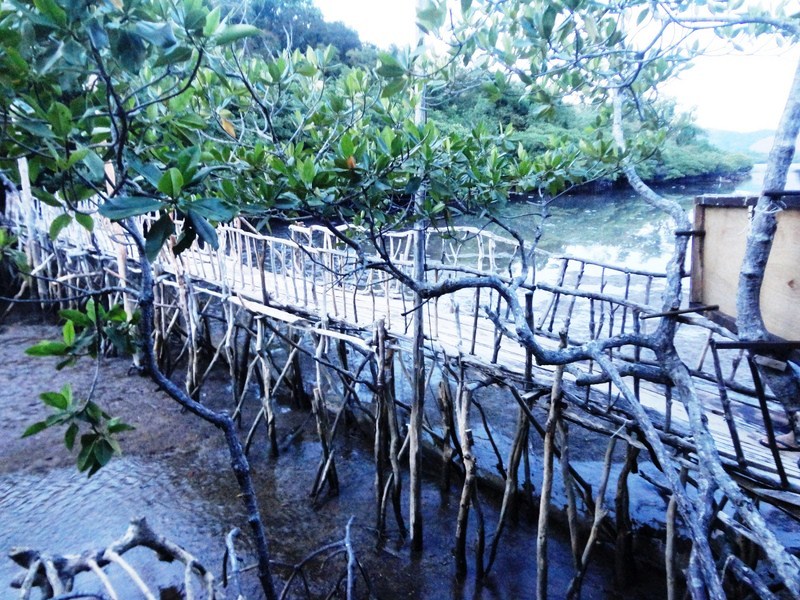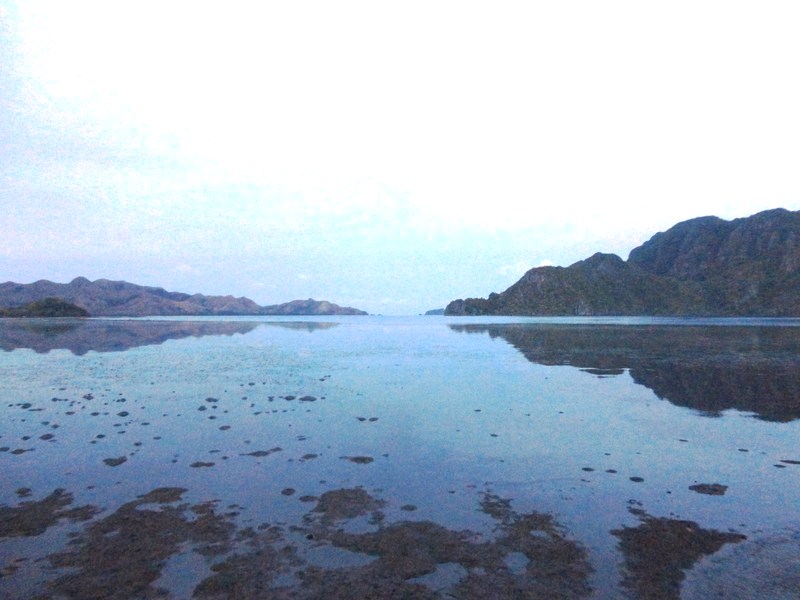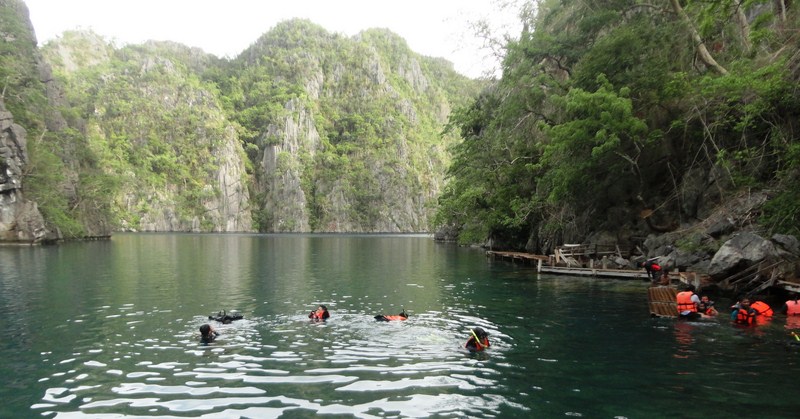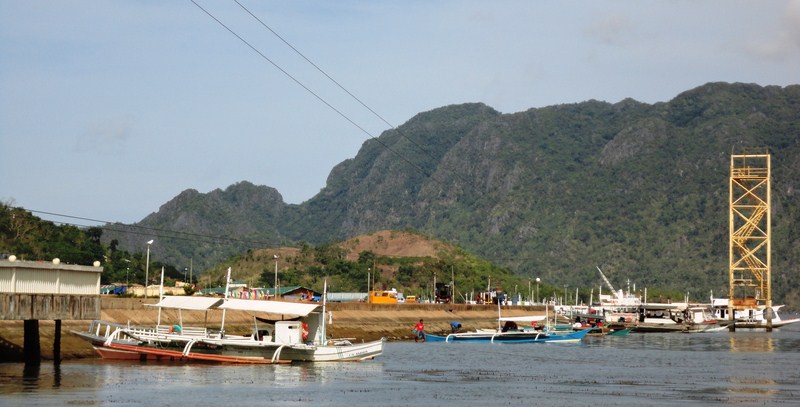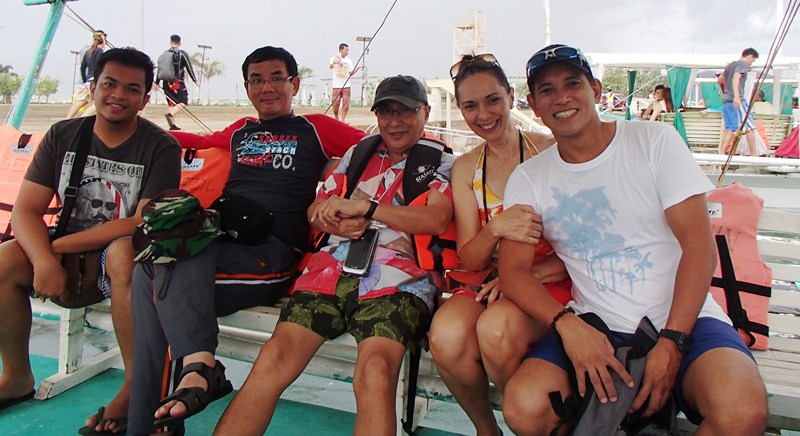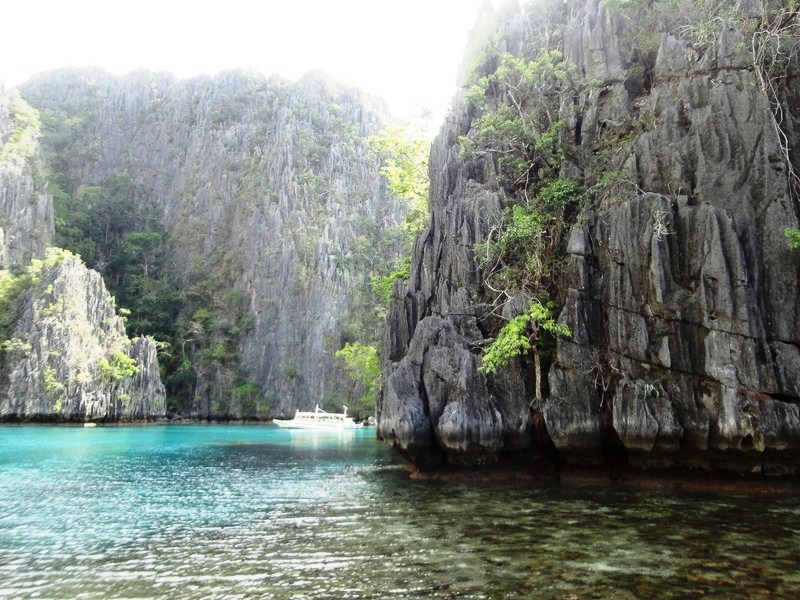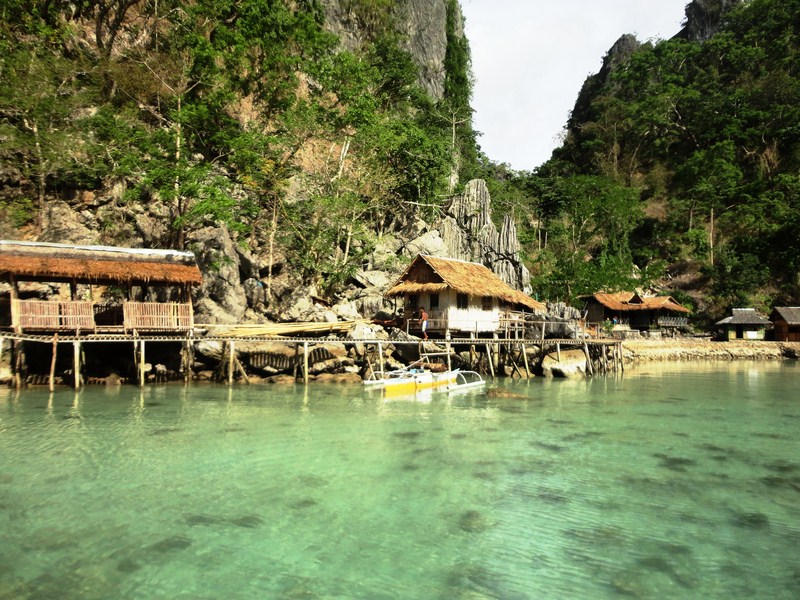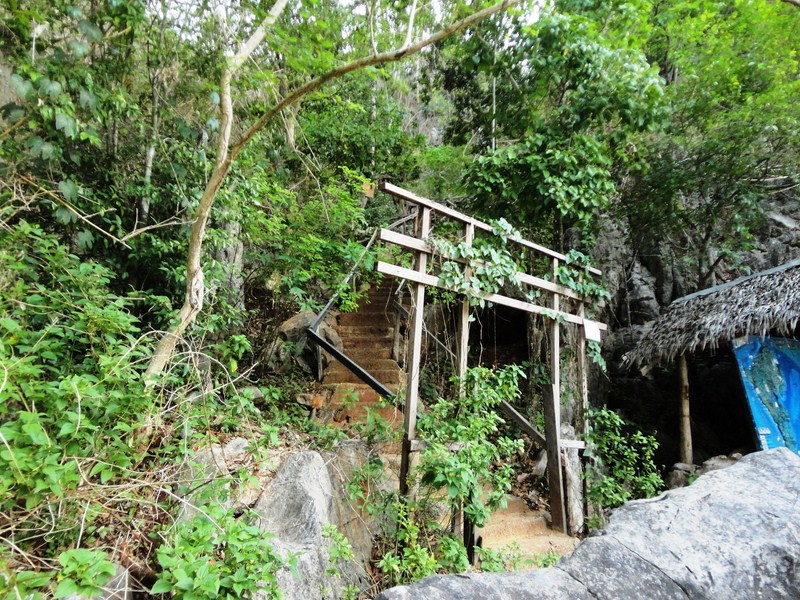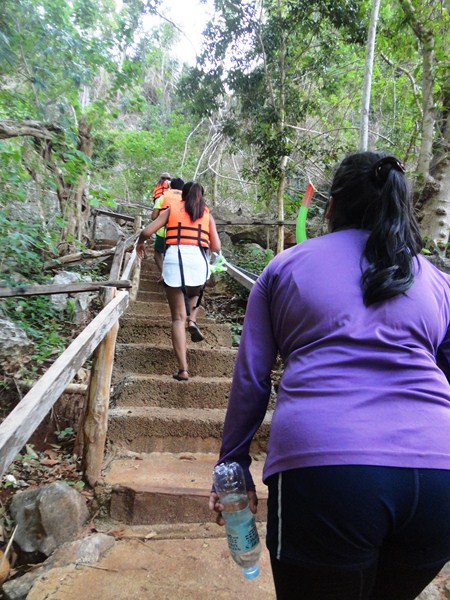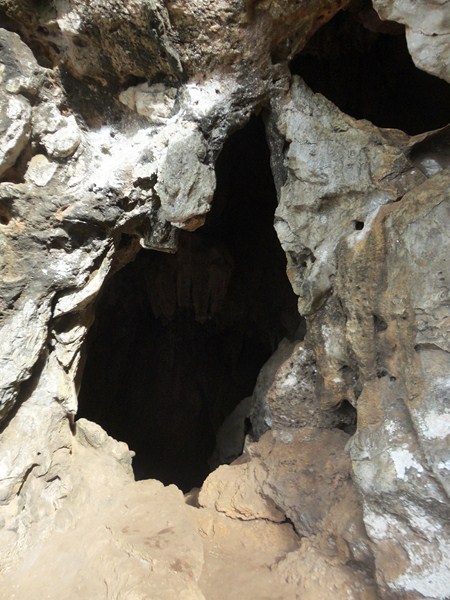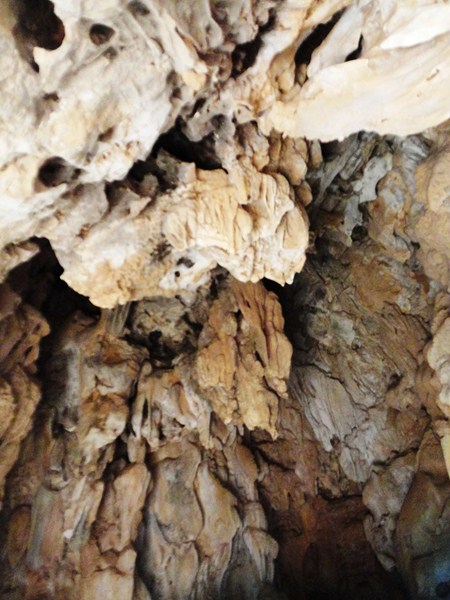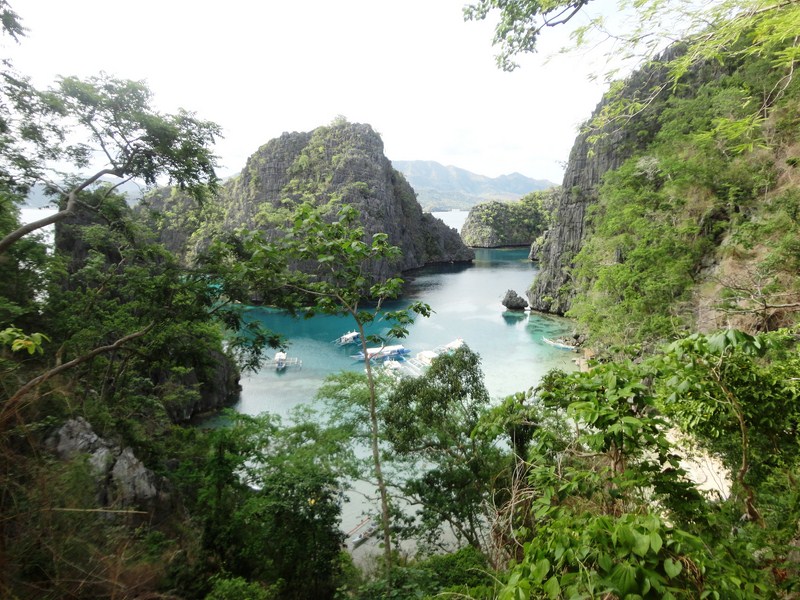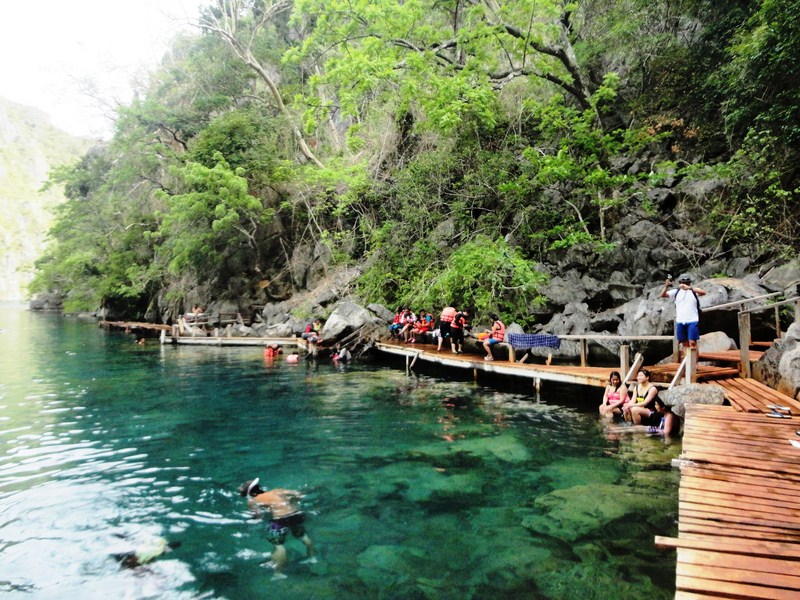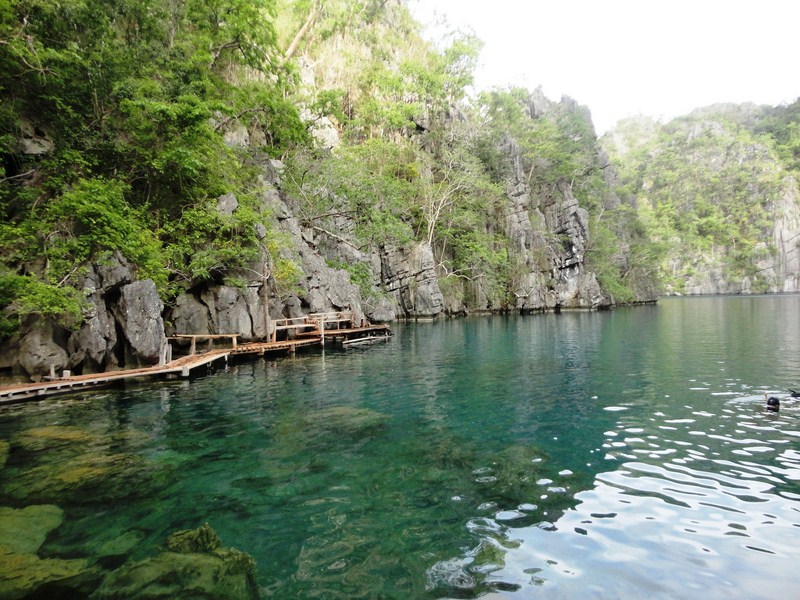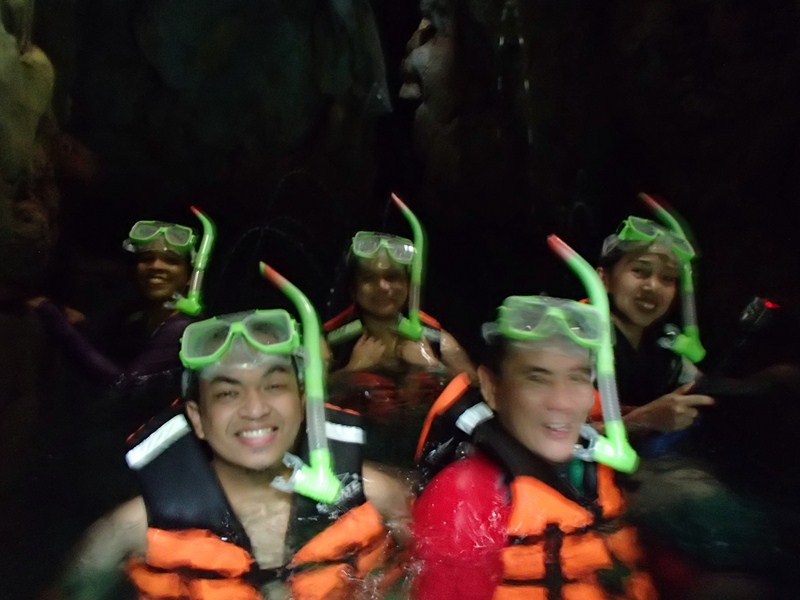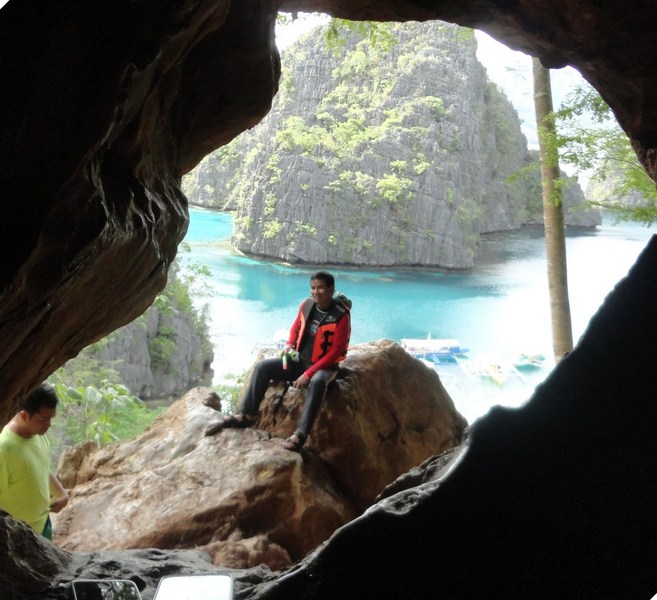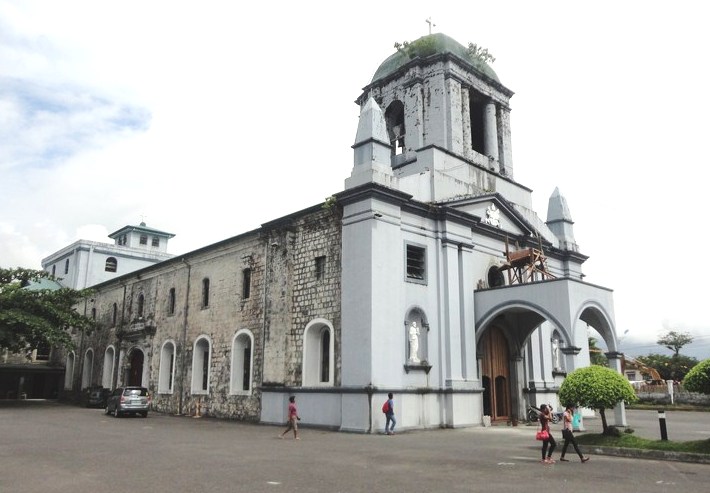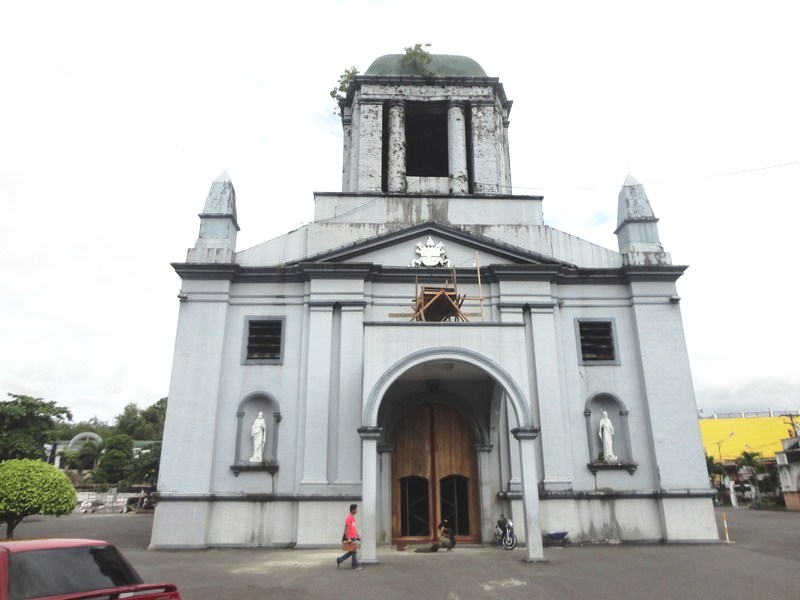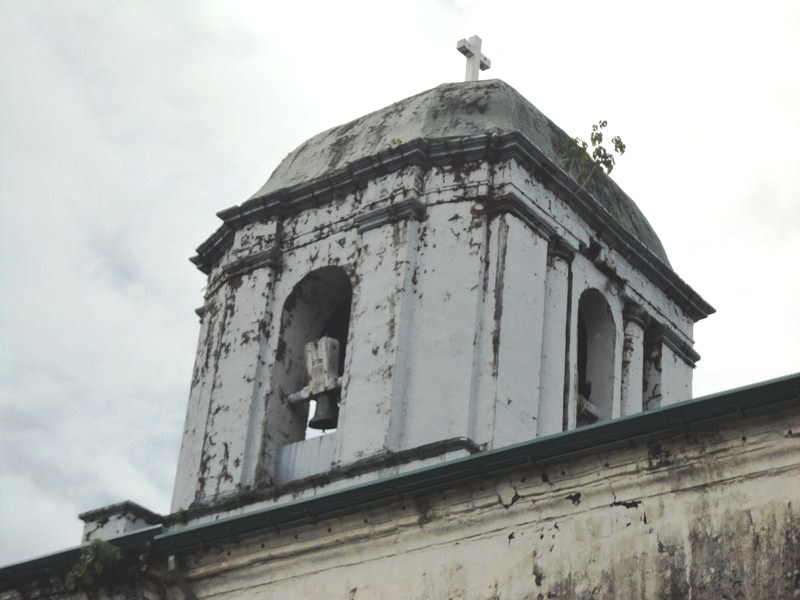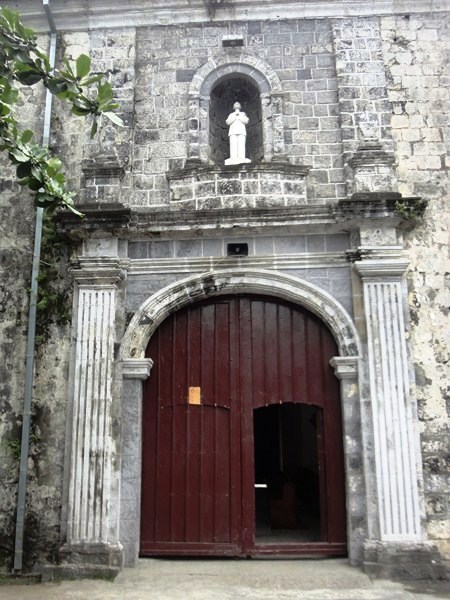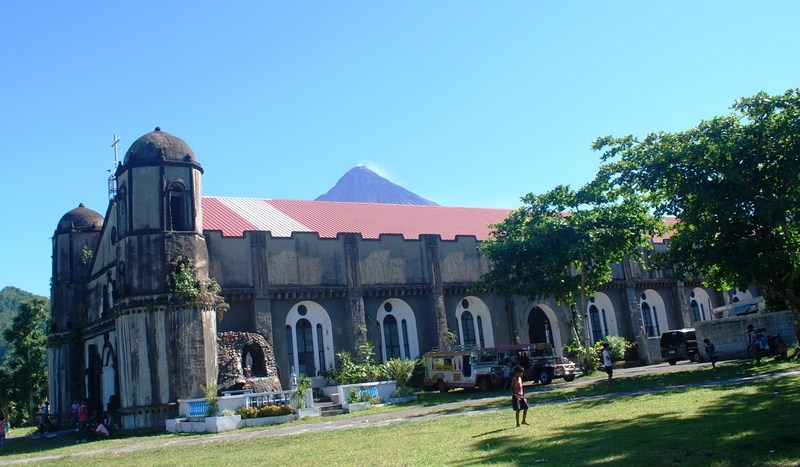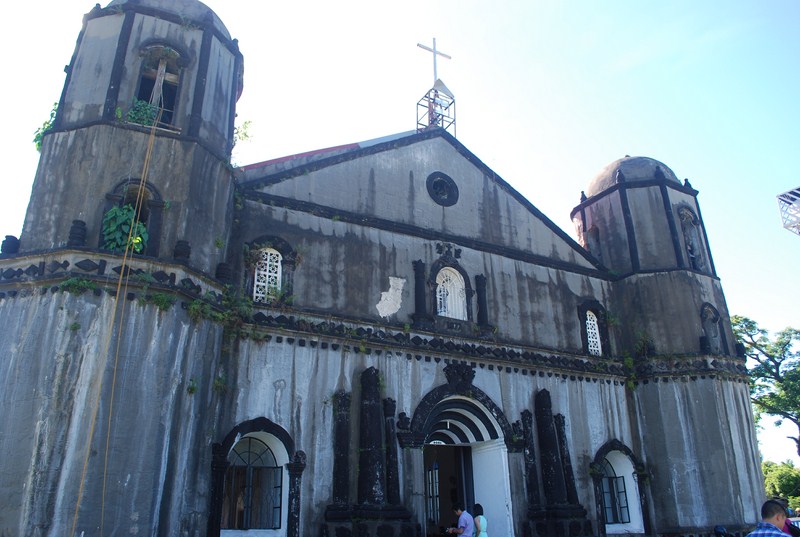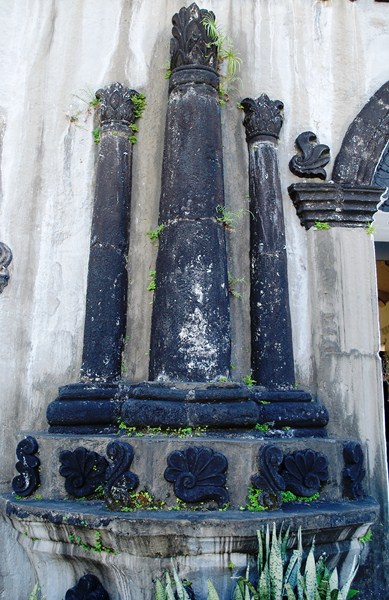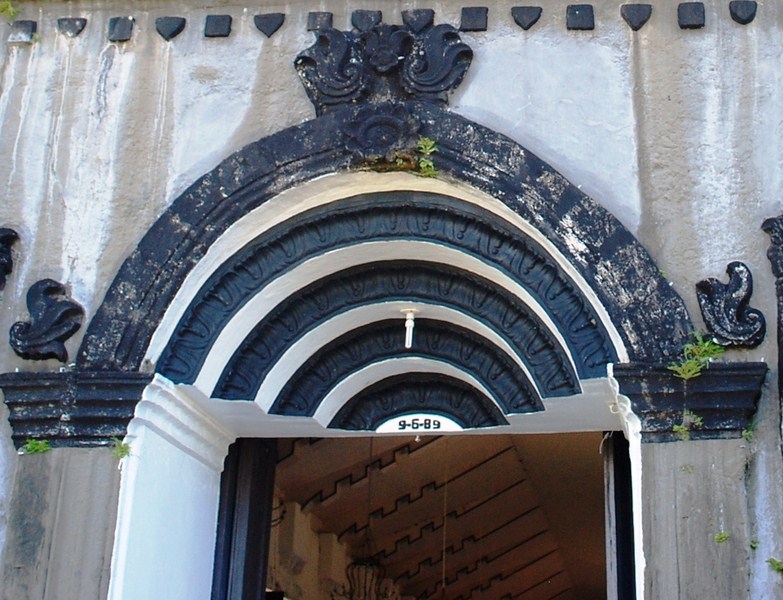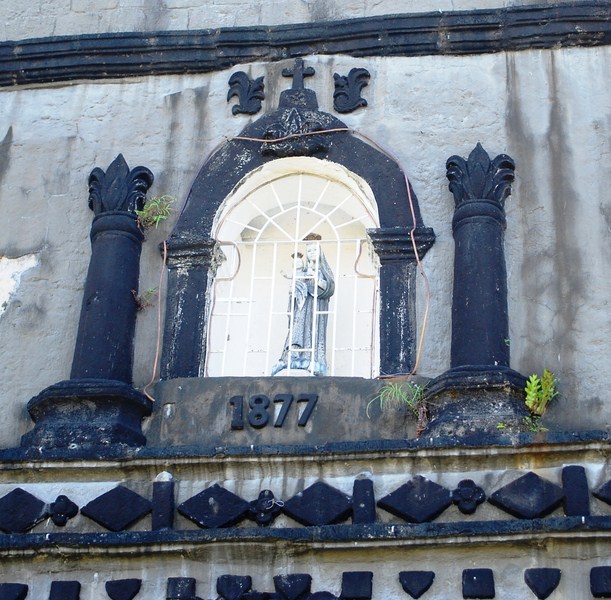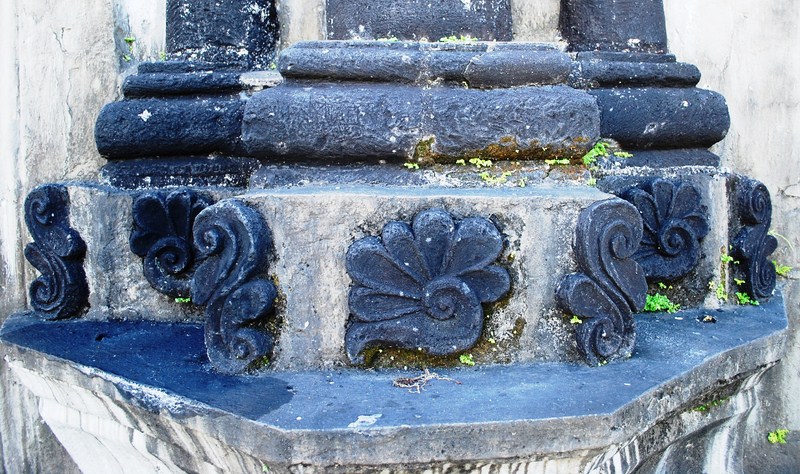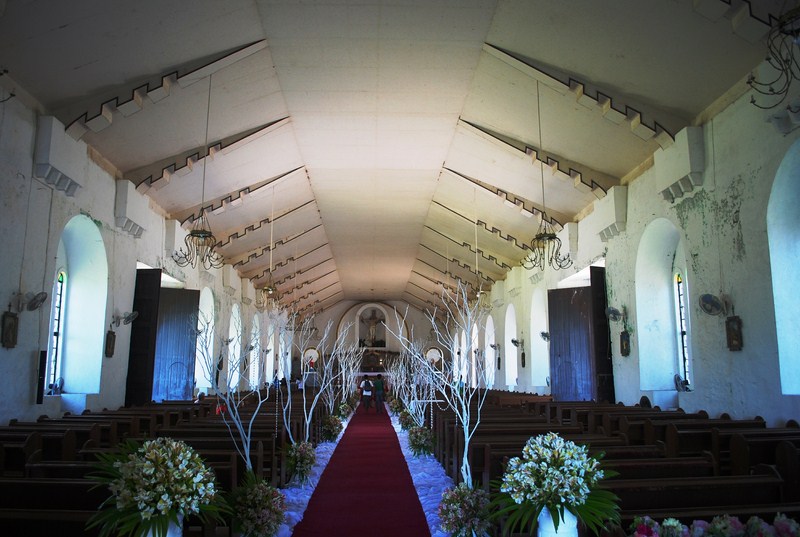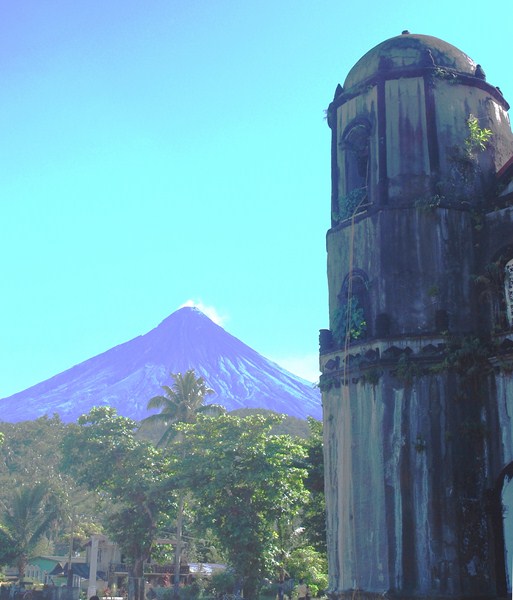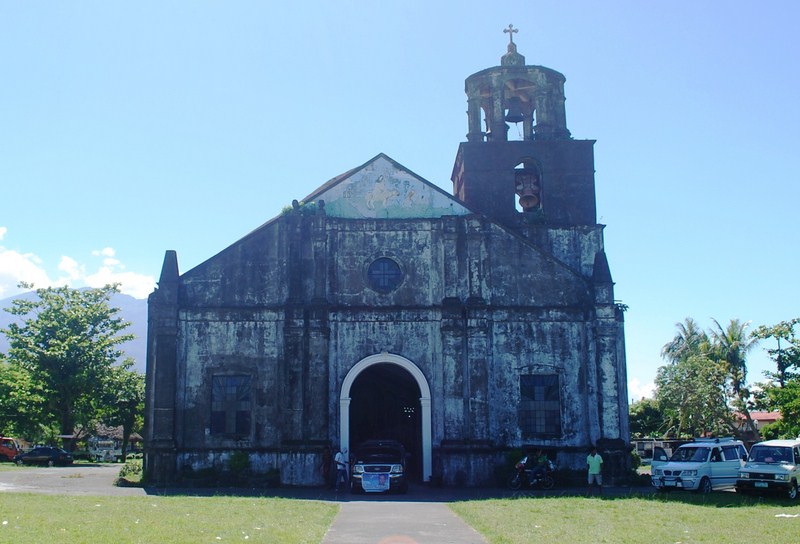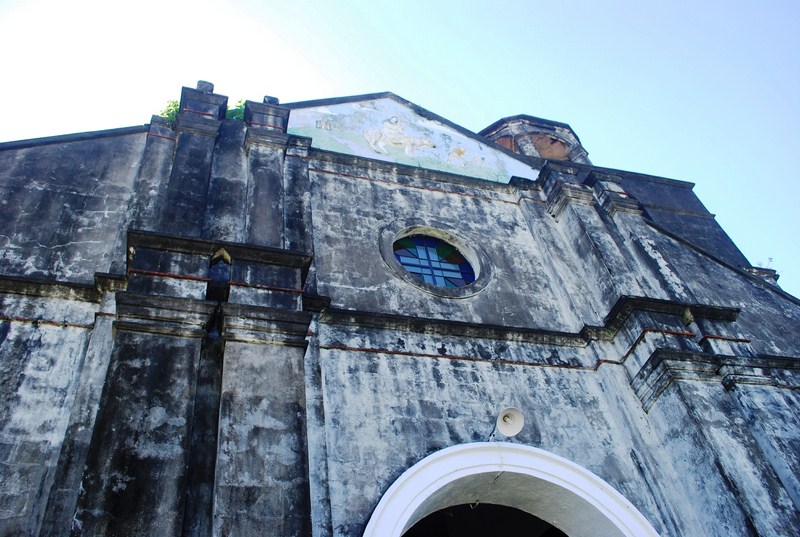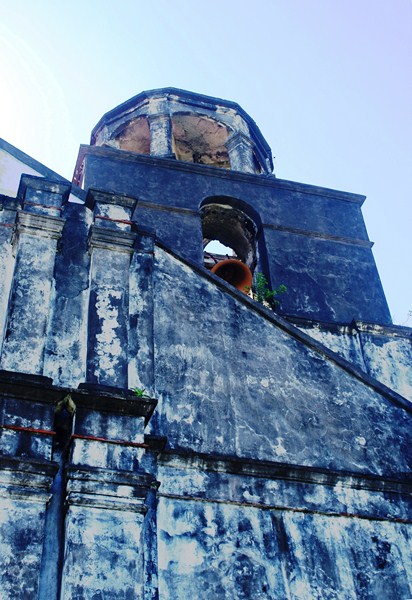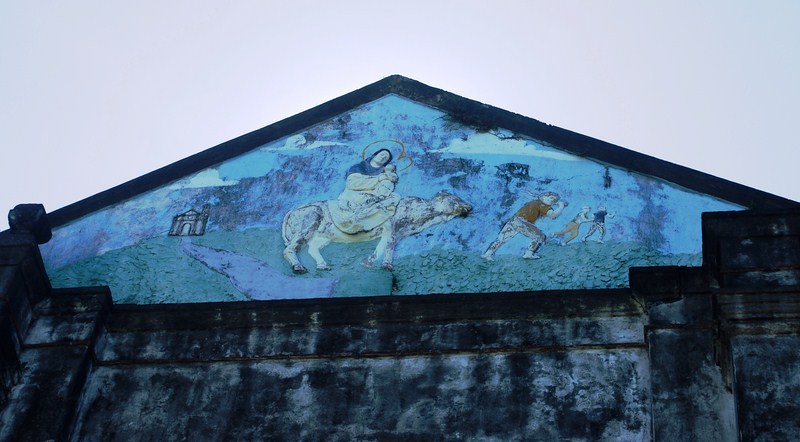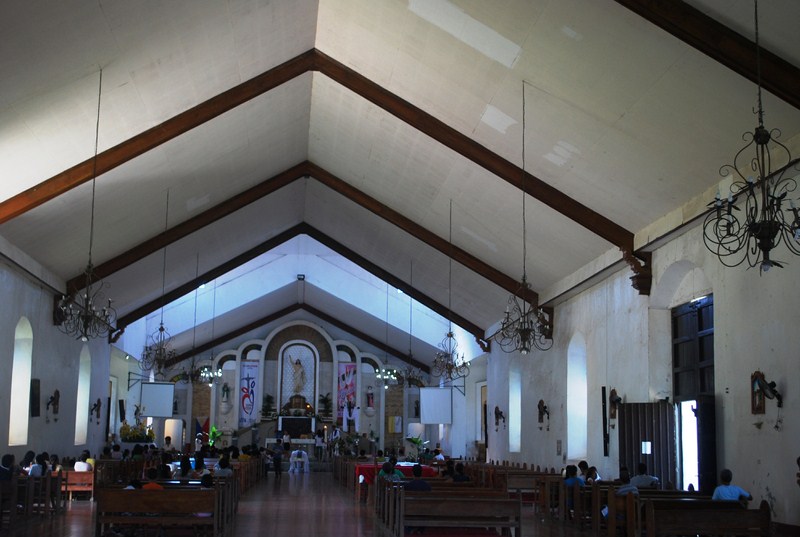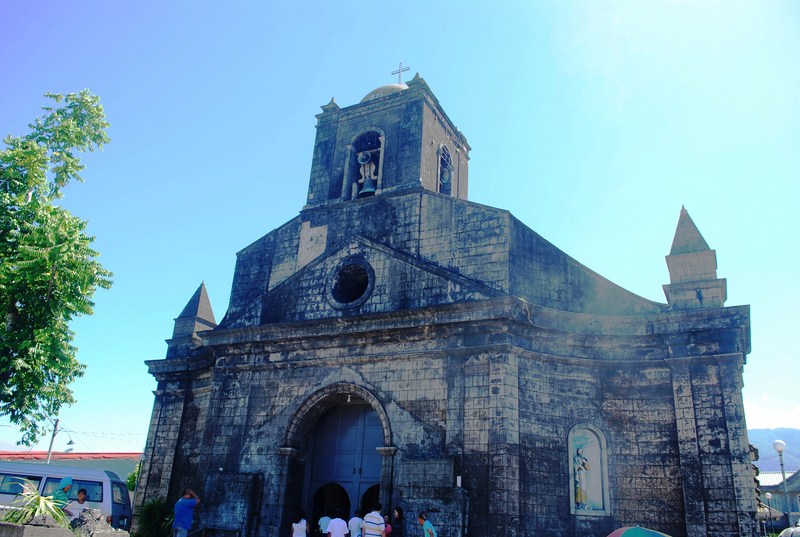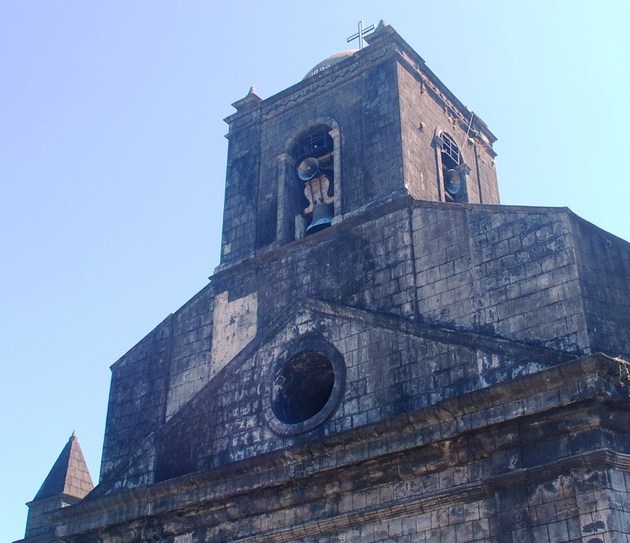From the Church of the Immaculate Conception and Culion Fort, we moved on to the Culion Sanatorium where we were to visit the Culion Museum and Archives. Here, we met up with Pastor Hermie Villanueva of the Coron Tourism Office, a resident and the grandson of a former leper patient, who gave us a guided tour of its exhibits. Though this was my first time to visit this museum (as well as Culion town), I featured it in my book “A Tourist Guide to Notable Philippine Museums” (New Day Publishers, 2010).
This unique two-storey museum, established in 1997, is housed in what was the first laboratory for leprosy research in the Far East. It was damaged during the November 8, 2013 super typhoon Yolanda (international name: Haiyan) but was rebuilt through contributions and support of Tokyo BMC and the Sasakawa Memorial Health Foundation (SMHF), in partnership with the Culion Sanitarium and Gen. Hospital (CSGH).
The museum documents the discriminatory legislation enforcing compulsory segregation in Culion and the research and clinical trials carried out using chaulmoogra oil and its esters within the colony. It has 6 galleries – “The First Contingent of Patients Arriving in the Colony,” “Leprosy Treatment / Quest for Cure,” “Community Life,” “Timeline of Culion’s History,” “Segregation and Service” and “Old Equipment.”
The resultant effects on colony life are recorded in relation to the community interaction of patients, the segregation of children of leprous parents, the use of special currency to prevent (it was believed) the disease being transmitted elsewhere, the results of different research on childhood leprosy and other pioneering research on bacteriology, pathology and epidemiology of leprosy.
The museum houses and protects numerous reference works related to leprosy. On display are complete set of old, specially made Culion coins, examples of the different laboratory apparatus and instruments used in early leprosy research (including syringes with which patients were injected with chaulmoogra oil), a wealth of old and detailed Culion pictures and Dr. Windsor Wade’s (the founding editor of the. International Journal of Leprosy) memorabilia, and other items that reflect the community life of leprosy patients.
The museum is also a repository for old clinical records and a registry of patients admitted to the “Culion Leper Colony” from different parts of the Philippines since 1906. Also on exhibit are musical instruments used by the Culion Leper Colony Band, religious paraphernalia, stamps, sea shells and insignias and badges of the Culion Police Force.
Culion Museum & Archives: Open Mondays to Fridays, 9 AM to 4 PM. Curator: Mr. Ricardo Punzalan. Admission: PhP150. Mobile numbers: (0912) 797-1077, (0947) 603-0983, (0921) 760-7239 and (0909) 560-7350. E-mail: artculsan@yahoo.com, lotgante@yahoo.com and doh_culsan@yahoo.com.ph. Website: www.culionsanitariumandgeneralhospital.com.
Culion Tourism Office: mobile number: (0921) 394-7106 (Pastor Hermie Villanueva). E-mail: herme_1670@yahoo.com.ph.
How to Get There: Culion is a 1.5 to 2-hour motorized outrigger boat ride from Coron town.
How to Get to Coron: Skyjet Airlines has 4 times weekly (Mondays, Wednesdays, Fridays and Sundays, 10:30 AM) flights from Manila (NAIA Terminal 4) to Coron (Francisco Reyes Airport). Travel time is 30 mins.
Asia Grand View Hotel: Governor’s Ave., Jolo, Brgy. 5, Coron, Palawan. Tel:(+632) 788-3385. Mobile number: (0999) 881-7848. E-mail: gsd@asiagrandview.com. Manila sales office: Unit 504, Richmonde Plaza, 21 San Miguel Ave., Ortigas Center, Pasig City. Tel: (+632) 695-3078 and 531-8380. Mobile number: (0917) 550-7373 to 75 Fax: (+632) 695-3078. E-mail: info@asiagrandview.com. Website: www.asiagrandview.com.
Skyjet Airlines: Manila Domestic Airport, Parking A, Terminal 4, NAIA Complex, Brgy. 191, Pasay City, Metro Manila. Tel: (02) 863-1333. E-mail: sales@skyjetair.com. Website: www.skyjetair.com.

